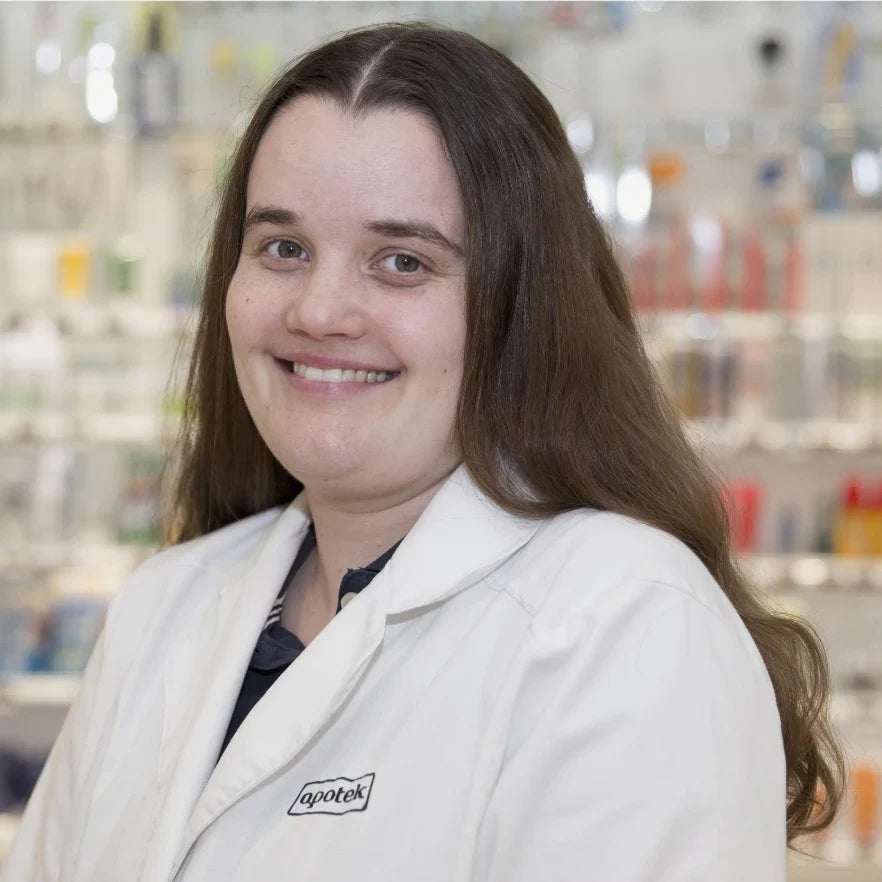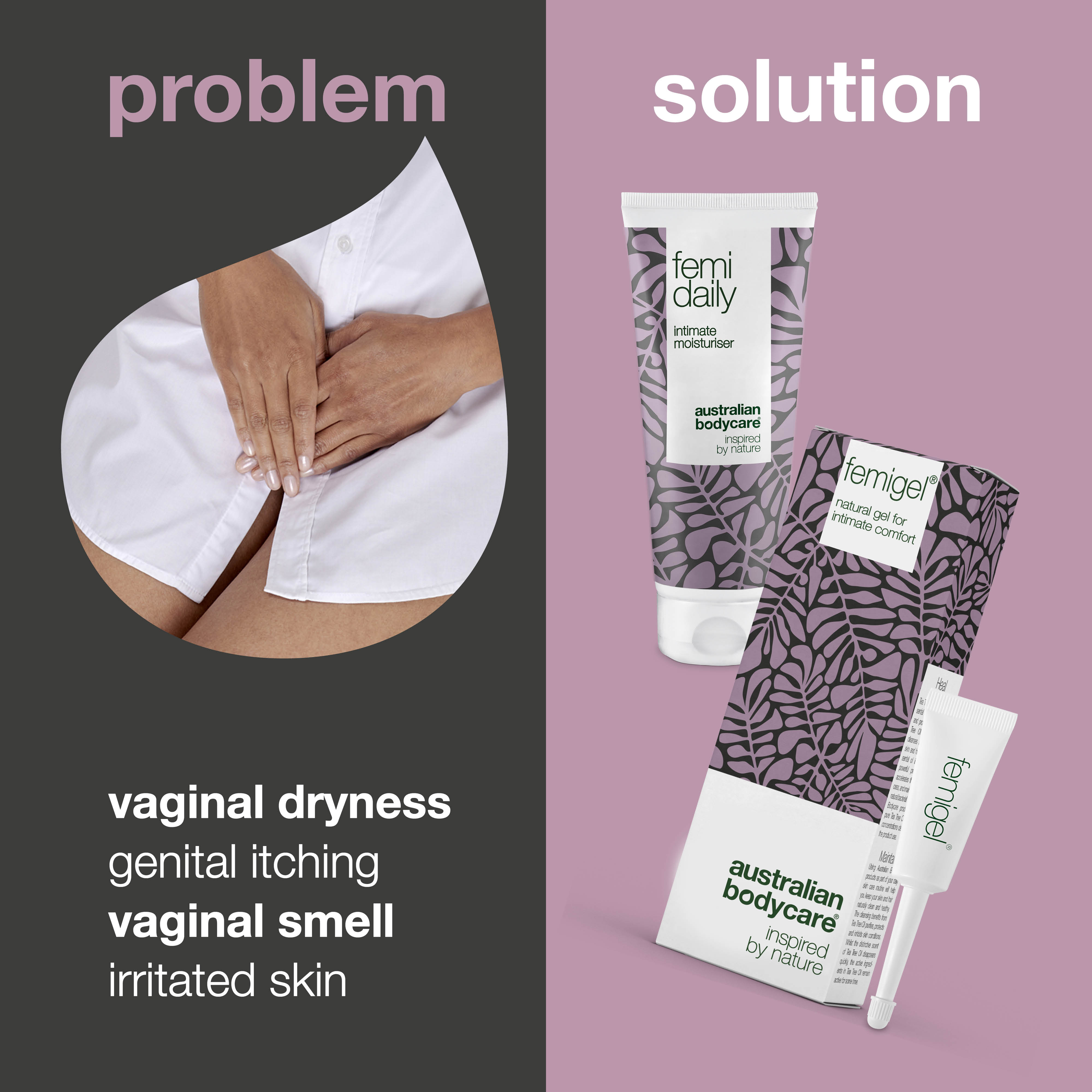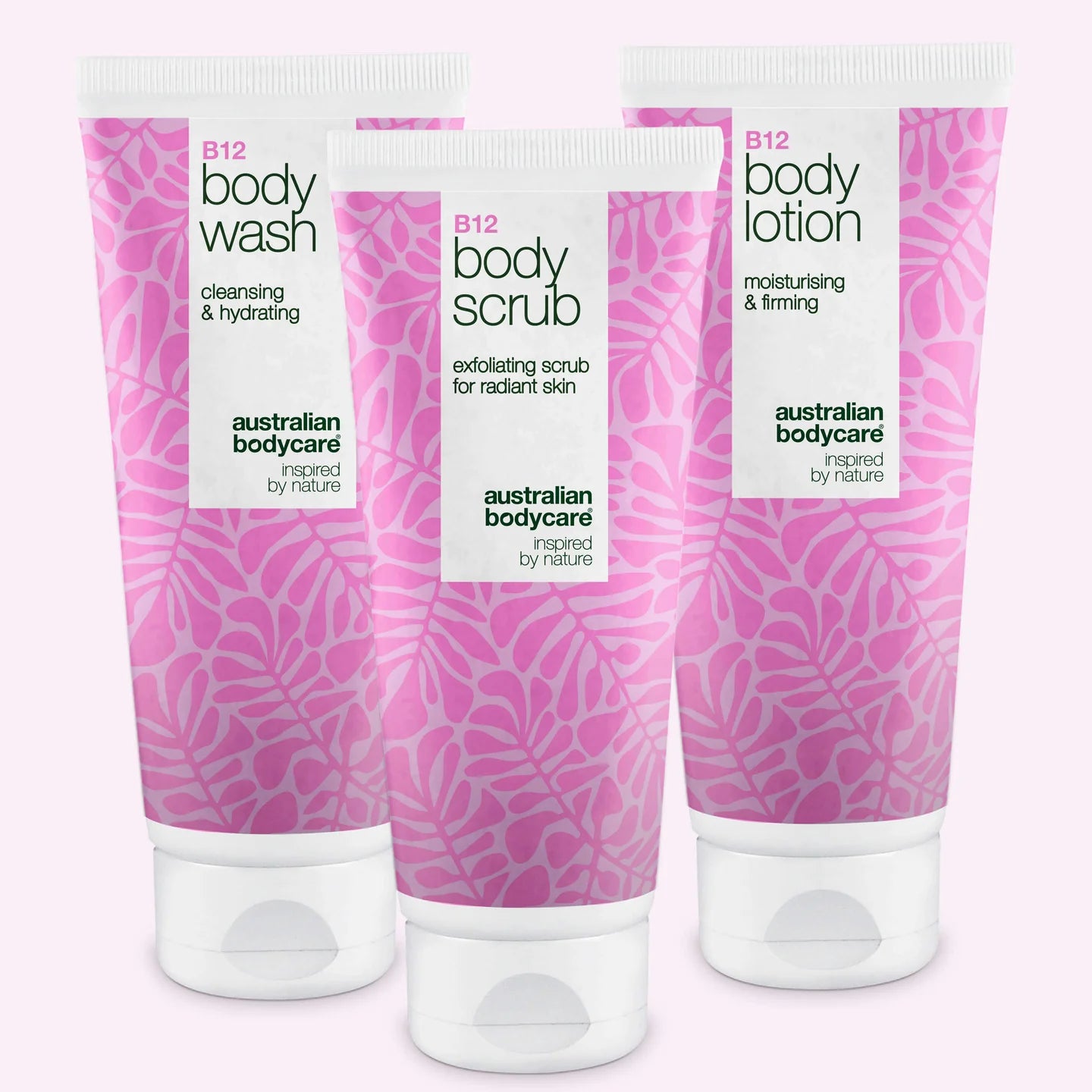Nipple thrush - Wave goodbye to nipple thrush
Becoming a mum is the greatest gift of life. But when it comes to breastfeeding your baby, there can often be complications in what should be a wonderful time. When you breastfeed, there is a risk of developing thrush on your nipples.
This is often embarrassing and frustrating for new mums, but the good news is that you're not alone. Many mums are bothered by thrush on the breast - fortunately, there are good options for treating and eliminating the fungus.
Find out more about thrush on the nipple and how to relieve the annoying skin irritations that can occur in connection with a yeast infection.
Table of contents
What is nipple thrush?
Fungus can affect the skin almost anywhere on the body. Therefore, this also applies to the nipple. There are different types of skin fungi that attack the body in different parts and settle as a true fungal infection, otherwise known as thrush, on the skin.
Depending on the type and nature of the yeast infection, it can cause different levels of discomfort on the skin. Usually, the skin is infected by candida, dermatophytes or pityriasis versicolor, which are the most common causes of fungal skin infections.
Nipple thrush is caused by the yeast fungus candida albicans and occurs during breastfeeding due to an overproduction of the fungus on the skin, causing discomfort and skin problems.
Why you get thrush on your breasts
Fungi are naturally present on the skin, and in particular the yeast fungus candida albicans lives on the skin. The fungi feed on dead skin cells, but a naturally strong, clean and dry skin barrier keeps the fungi levels down. It is especially in warm and moist areas that the fungi find favourable conditions to multiply and develop into a fungal infection.
This is why the nipple is particularly prone to fungal infections during breastfeeding. The baby's mouth keeps the nipple warm and moist for longer periods several times a day.
This allows the yeast fungus candida albicans to thrive - and gives it good conditions to develop. The fungi live in the outermost layer of the skin. When the right moisture conditions are present, they release enzymes that dissolve the stratum corneum and give the fungi free access to proliferate.
Often the cause of fungal infections on the nipple can also be found in infections from the baby. Your baby may have a candida albicans fungal infection in their mouth and when they eat from your breast, the fungus is transferred to your nipple.
For example, if you have vaginal thrush at birth, the fungal bacteria can be passed on to your newborn baby. And then the baby infects its mother's nipple through its mouth.
The fungal infection can therefore be a vicious circle that needs to be broken as soon as possible. It is rare for only one of the parties to have thrush - both mother and baby almost always have thrush and therefore both need to be treated, even if only one of them has symptoms.
Who gets nipple thrush?
Basically, all breastfeeding mums are at risk of developing a fungal infection on the nipple. However, women who don't remember to let their breasts air-dry before putting them away, or mothers who forget to change their nursing pads regularly, are particularly at risk of nipple thrush.
Women with a weakened immune system - for example due to diabetes or HIV infection - are also more likely to get nipple thrush. With a weakened immune system, the white blood cells that normally fight foreign bacteria are not on high alert. This gives the fungi a better environment to grow in.
Mothers taking antibiotics also have an increased risk of being bothered by fungal infections on the nipple. A course of antibiotics kills the targeted bacteria, but the downside of antibiotics is that they do not only kill the 'bad' bacteria, they also kill the good bacteria.
Therefore, a course of antibiotics can interfere with the natural balance of bacteria that normally keeps fungi in check.
Symptoms - what it feels like
If you have thrush on your nipple, your baby is likely to have thrush in their mouth too. So, there are some symptoms to look out for in both you and your child.
Symptoms in mums
Nipple thrush is often associated with severe pain during and after breastfeeding. The pain is particularly severe while the baby is breastfeeding, after which it quietly subsides. Many people compare the pain to having a knife stuck in the breast - and it can radiate to the rest of the breast.
The nipple is red, swollen and shiny, and the skin may crack. The cracks provide a breeding ground for bacteria and never heal before the baby sucks again. In addition, the cracks can also develop into mastitis.
If pain occurs during breastfeeding shortly after birth, it is usually a sign of problems with the baby's sucking technique. Sudden pain during and after breastfeeding is a symptom of nipple thrush, which can occur at any time during the breastfeeding period.
Symptoms in the baby
Watch out if your baby develops white milk-like deposits on the tongue, accompanied by small whitish patches in the mouth. If so, your child most likely has thrush - also known as fungus.
Another symptom is a sudden increase in fussiness during breastfeeding and difficulty in sucking out milk. This is a sign that the baby is in pain when eating, and a stomach ache could also be a common symptom.
In addition, a reddish rash sometimes appears on the baby's bottom and in the diaper area as a sign of the infection.
However, even if the mum show symptoms, it is not certain that the baby does too. Or vice versa.
Effective treatment for nipple fungus
Breastfeeding should be pleasant and painless - for both you and your baby. That's why it's also important that the fungal infection is treated so that the pain for mum and baby is reduced.
You both need to be treated at the same time so that the infection disappears and you don't get into a vicious circle where you keep infecting each other.
Create an environment that drives the fungus away
The good news is that you can actually do a lot to treat fungus on the nipple and in your baby's mouth.
In the fight against thrush, you can effectively attack the fungal bacteria with something as simple as sparkling water. Drink plenty of sparkling water and wash both your nipples and your baby's mouth with it. Soak a clean cloth nappy in sparkling water and then gently dab your baby's mouth with the sparkling water. Sparkling water is acidic on an acid-base scale, which is why it is anti-fungal.
Another measure in your fight against nipple fungus is to break down the fungus through the right diet. This type of yeast fungus feeds and thrives in a body filled with white bread, chocolate, fizzy drinks and sweets. And although having a newborn takes some energy, it's a good idea to avoid the sugary foods. By doing so, you're forcing the fungus to its knees.
See a doctor
If your home treatment doesn't help and you are in any doubt, you should see a doctor so that he or she can help you further.
In many cases, you and your child will need a different and more severe antifungal treatment. Regardless of which antifungal medicine you and your child are prescribed, it is important to follow through with the treatment - even if the symptoms disappear immediately. If you don't do enough in-depth treatment, the infection will be lurking, ready to break out again. That's why it's important to complete a treatment for fungus.
How to soothe the irritated skin
When you have fungus on the nipple, the skin is red, irritated and maybe even cracked. You can relieve the itching and irritation by using a gel with Tea Tree Oil from Australian Bodycare. The gel soothes and calms red and irritated nipples thanks to its unique Tea Tree Oil content, which is effective against bacteria. The active and natural ingredients in the gel are gentle on the skin and even help restore the skin's protective barrier.
Prevent future fungal infections
To prevent future cases of fungal infections of the nipple, there is a lot you can do yourself. It's all about common sense and good hygiene.
Allow your breasts to air and dry thoroughly before tucking them back into your bra. That way, you won't create a moist environment in which fungal bacteria will thrive.
You can also use a cotton bra instead of an artificial fabric. Artificial fabric does not allow the skin to breathe as much as cotton does. If the skin on the nipples doesn't get enough air, it becomes stuffy and moist.
Make sure you change your nursing pads often - preferably after each breastfeeding session. Disposable pads are ideal for this because they keep the breast clean and dry at all times.
Also remember good hygiene. Wash your hands after every feed or nappy change and make sure you boil pacifiers every now and then. Preferably every day. It's not enough to scald the soothers - boiling is needed for the fungal growth to disappear.
The information in this article should not be used as a basis for diagnosis or treatment. In this case, we recommend that you contact your doctor.





